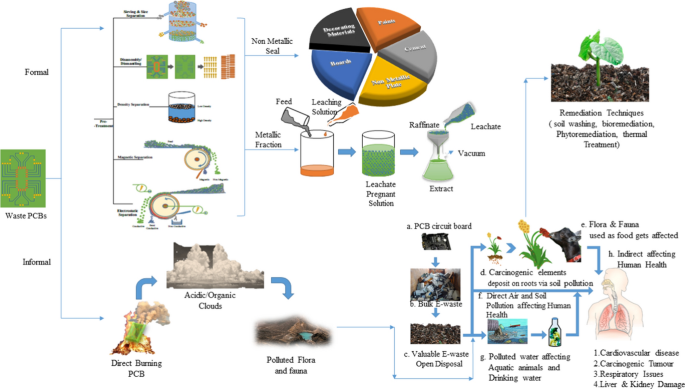What Does Recycling Lives Services Mean?
Table of ContentsThe Ultimate Guide To Recycling Lives ServicesGet This Report on Recycling Lives ServicesThe Facts About Recycling Lives Services Uncovered9 Simple Techniques For Recycling Lives ServicesAbout Recycling Lives Services

Furthermore, all Oxfordshire neighborhood authorities accept vapes and e-cigarettes as a separate kerbside collection. Non reusable vapes be put inside your wheelie bins. Exactly how they are gathered in each location varies somewhat; examine you have the appropriate details for your location. Use the Waste Wizardsearch tool to examine how your regional authority collects this waste or find other drop-off areas in your area.
Mobile batteries the kind you locate in small handheld tools can also be recycled at the kerbside however not inside any of your containers. Inspect the Waste Wizard for just how to do this in your location. Bigger shops that market batteries also have collection points for recycling old batteries. Batteries need to always be removed from electrical products where they are created to do so and reuse individually, Energy-saving, LED and small fluorescent light bulbs and tubes can be reused at our recycling centres.
Not known Details About Recycling Lives Services
Older-style filament or halogen light bulbs can be disposed of in your general rubbish container at home. Some DIY stores additionally have collection factors for light bulbs.

The 20-Second Trick For Recycling Lives Services
Electrical items are broken down right into separate pasts so that the various products they are made up of can be removed and recycled. Waste recycling centres are for usage by homeowners just and can not accept waste from commercial resources.
E-waste, electronic waste, e-scrap and end-of-life electronics are terms typically used to define used electronics that are nearing the end of their beneficial life, and are discarded, given away or provided to a recycler. The UN defines e-waste as any kind of discarded products with a battery or plug, and features poisonous and dangerous substances such as mercury, that can present serious risk to human and ecological health and wellness.
Some Known Facts About Recycling Lives Services.
Just 17.4% of this digital waste, having a mix of hazardous compounds and precious products, will be recorded as being properly collected, treated and recycled - https://hearthis.at/zona-beardsley/set/recycling-lives-services/. more helpful hints Numerous initiatives are embarked on to tackle this growing issue, however none can be fully efficient without the active function and proper education of customers

Moreover, mining discarded electronics produces 80% less exhausts of carbon dioxide each of gold compared to mining it from the ground. In 2015, the removal of resources made up 7% of the globe's energy intake. This suggests that relocating towards the usage of even more second raw materials in digital products can help substantially in reaching the targets set out in the Paris Contract on climate modification.
The Greatest Guide To Recycling Lives Services
When the carbon dioxide launched over a device's life time is considered, it mostly takes place during manufacturing, before consumers get an item. This makes lower carbon processes and inputs at the manufacturing stage (such as use recycled raw products) and product life time crucial components of total ecological influence.
Also in the EU, which leads the world in e-waste recycling, just 35% of e-waste is formally reported as correctly accumulated and reused. Internationally, the standard is 20%; the continuing to be 80% is undocumented, with much ending up buried under the ground for centuries as garbage dump. E-waste is not naturally degradable. The absence of recycling weighs heavily on the worldwide electronic industry and as gadgets become much more countless, smaller and extra intricate, the issue intensifies.
The remaining mass of e-waste generally plastics laced with metals and chemicals postures a much more intractable issue. A new vision for the production and consumption of electronic and electrical goods is needed. It is easy for e-waste to be framed as a post-consumer problem, yet the concern encompasses the lifecycle of the devices everybody utilizes.